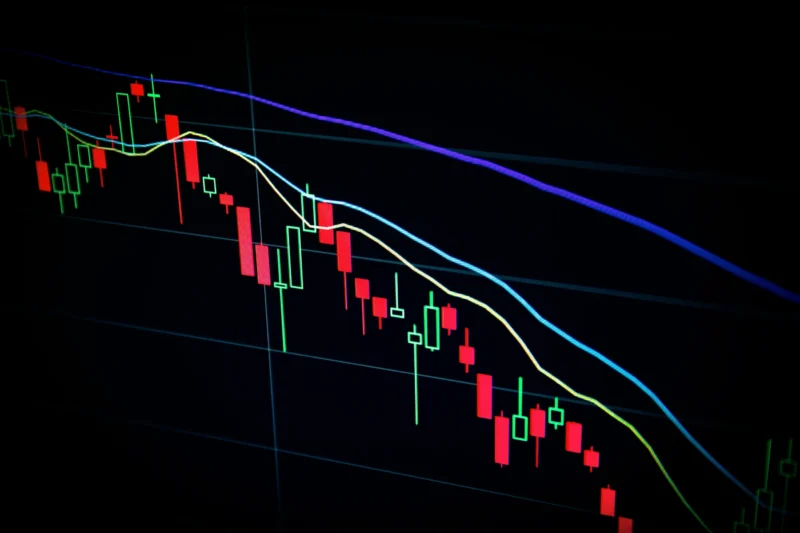Navigating the financial world can sometimes feel like walking through a minefield, especially online. With promises of quick wealth and luxury, many so-called “opportunities” lure people into risky traps. Recognizing suspicious platforms and ensuring your investments stay secure has never been more important.
Key Points:
- Check for licensing or regulatory compliance.
- Avoid platforms with extreme promises of wealth.
- Pay attention to user reviews and independent sources.
- Always test customer support responses.
- Confirm transparent withdrawal options and policies.
1. Too Good to Be True? It Probably Is

Some platforms love big claims. Flashy websites and bold promises draw you in, making the adventure sound way too easy. The general rule? If it sounds too good to be true, it likely is. Many scams follow this pattern, promising instant profit with little effort. Stick to trustworthy platforms that deliver consistent, modest returns rather than “get rich quick” schemes.
For example, platforms like Binomo offer demo accounts with $10,000 for practice. This allows you to learn trading strategies and get comfortable with the market without real financial risk. A demo account can help you understand market swings without jumping in unprepared. Serious platforms encourage learning, while risky ones want quick commitments without any testing phase.
2. Licensing and Regulatory Compliance

Legit platforms display licensing and registration details, often with an easy way to verify credentials. Financial regulators enforce strict guidelines, and if a company falls outside these rules, that’s an immediate red flag. You don’t want to hand over money to a group that isn’t held accountable by anyone.
If you’re dealing with a company registered in an obscure location, take extra caution. Many scams operate from regions with lax oversight. Look up their registration, check for any complaints, and stick with ones that offer transparency.
Table: Quick Look at Common Red Flags
| Factor | Legit Platforms | Risky Platforms |
| Licensing | Licensed, regulated, easily verifiable | No clear registration, untraceable |
| Customer Support | Responsive, helpful, consistent | Slow, unresponsive, vague |
| Withdrawal Process | Clear policies, no hidden fees | Complicated, restrictive, delays |
| Promises | Realistic gains, no exaggerated claims | Huge returns promised, unrealistic |
| Online Reviews | Mixed, mostly positive from legit sources | Mostly negative, paid testimonials |
3. Customer Support as a Test

Customer support quality shows a lot about a company’s credibility. Legitimate platforms have efficient, knowledgeable staff to answer questions and address concerns. If you contact support and get bounced around or left waiting for ages, that’s a signal to think twice. Many scams have support teams who dodge questions, avoid specifics, and act like customer inquiries are a nuisance.
Always test support before committing. Email them with a few questions, call their number if they have one, and see how fast and direct the answers come. If they’re prompt and transparent, it’s a good sign. If not, you might want to keep your distance.
4. Look at User Reviews, but Be Cautious
Scams often hide behind fake reviews. That glowing five-star review on their site might not be from a real user. Do some extra research. Check independent sites and read what people say on forums. A platform’s own site may have polished reviews, but independent sources can provide real insights.
Also, consider negative reviews. Every platform has them, but a high volume of complaints about withdrawals, hidden fees, or poor service is a serious warning sign. If people have had repeated problems, the chances are you may too.
5. Withdrawal Policies Matter

A trustworthy platform allows smooth withdrawal without hassles. Scams, on the other hand, often make the process slow or complicated. Look for any withdrawal policies, including fees or delays, and confirm that they match standard practices. If you see terms like “processing time of up to 30 days” or anything vague, ask questions.
Make sure that withdrawal limits, processing times, and requirements for additional documents are clear and sensible. Read up on user experiences with withdrawals. Consistency matters here; shady platforms might change policies or add restrictions at the last moment to keep funds tied up.
FAQs
What if I don’t know much about financial trading?
Start with a demo account. It allows you to understand market movements without risking real money.
Can I trust high-profit promises from new platforms?
Avoid platforms that promise massive gains. Realistic returns are key.
How can I verify licensing?
Look up the company with financial regulatory authorities or on independent verification sites.
Are user reviews always trustworthy?
No. Stick to independent sources and forums, not just testimonials on the company’s website.
What if customer support is slow or avoids questions?
Walk away. Reliable platforms offer prompt, helpful support.
The Bottom Line
In an ideal world, all platforms would be safe, regulated, and trustworthy. But scams exist, and identifying them requires sharp instincts and a little research. Focus on licensing, check reviews, test customer service, and stay clear of platforms that sound too good to be true.


